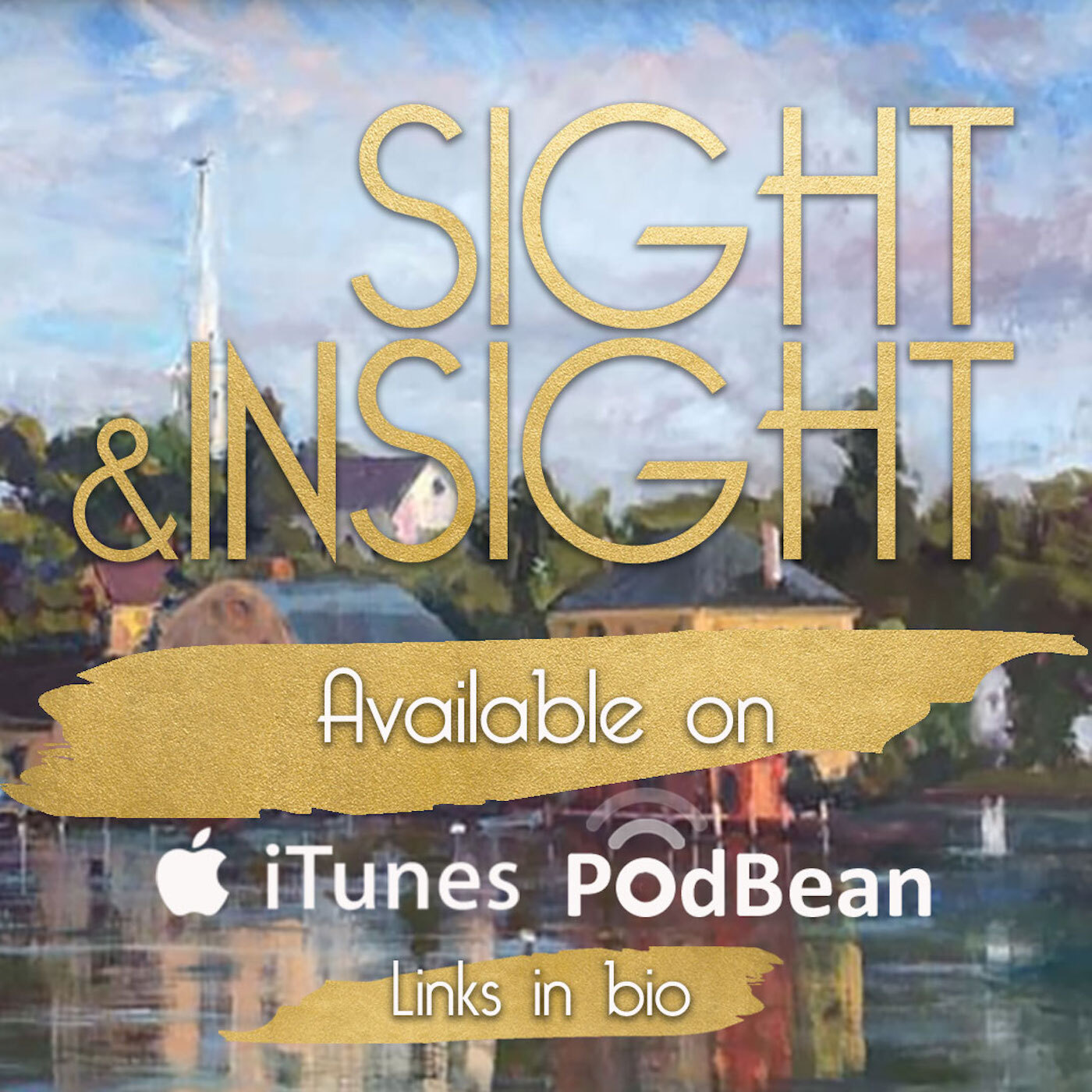Episodes

Monday Dec 03, 2018
Episode 31: Gestalt!
Monday Dec 03, 2018
Monday Dec 03, 2018
Have you got your Gestalt on?!
"There's something happening here. What it is ain't exactly clear." Buffalo Springfield
Join Connie, David and Judy as they explore the idea of Gestalt; what it means and how it can help the artist create a better painting.
One of the great masters of Gestalt was Johannes Vermeer, who - as early as the 17th-century knew that a composition - or its properties, should be viewed as a whole. Variety within unity is the idea.

Johannes Vermeer (Dutch, 1632 – 1675) The Astronomer, c. 1668, oil on canvas, 20 x 18, Musee du Louvre, Paris
Gestalt is a German word meaning form, or shape, and Gestalt theory in terms of art refers to the concept of perception, holding that the whole is more than the sum of its parts.
As human beings, we tend to try and organize our perceptions of a chaotic world. Thus as artists we can utilize several principles of gestalt to improve our painting:
1. Figure-ground - this refers to relationships between an object and its surroundings. Do we see the figure in front of us, or the background?
2. Closure - it is important to keep the viewer involved by completing an image or form. The principle of closure applies when we tend to see complete figures even when part of the information is missing.
3. Continuance - the viewer has a tendency to follow a path, river, beach, fence line, etc. These compositional elements give the viewer numerous ways to enter, and move around a painting.
4. Similarity - things which share visual characteristics such as shape, size, color, texture, or value will be seen as belonging together in the viewer’s mind.
5. Proximity - The Gestalt law of proximity states "objects or shapes that are close to one another appear to form groups." Even if the shapes, sizes, and objects are radically different, they will appear as a group if they are close together.
As our resident psychologist explains it is possible to suffer from proximity flow, then we can lose the 3rd dimensional depth, leaving us with only 2 dimensions, which means our painting is all of one plane with no depth of field.
Think about your own painting compositions. Do you achieve 'variety within unity?' If not, it sounds like your gestalt needs tweaking. Tune in to learn more from David, Connie, and Judy.
"A cloudy sky to make it mysterious and a fog to increase the mystery. Just imagine how suggestive things are..." John H. Twachtman




No comments yet. Be the first to say something!